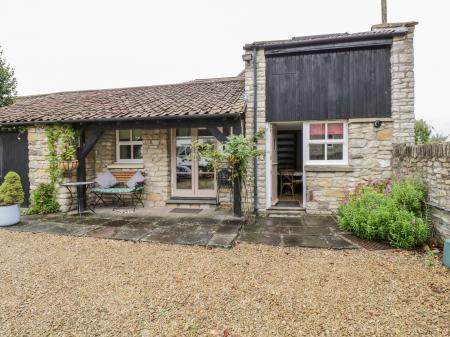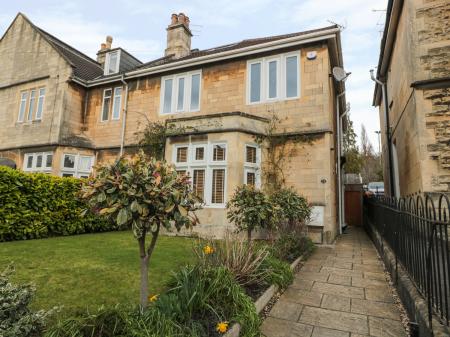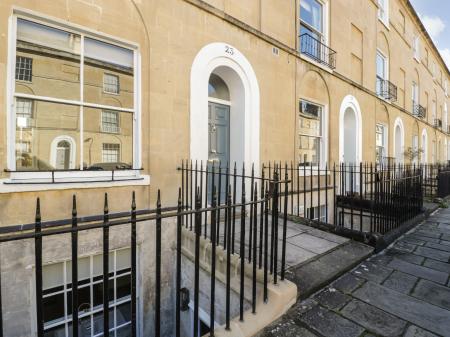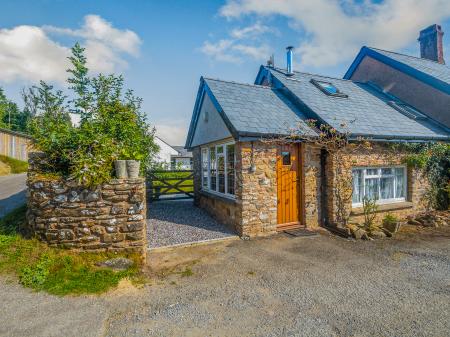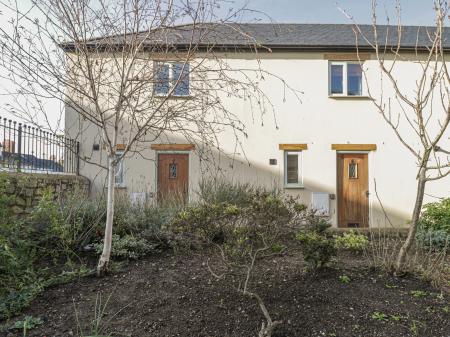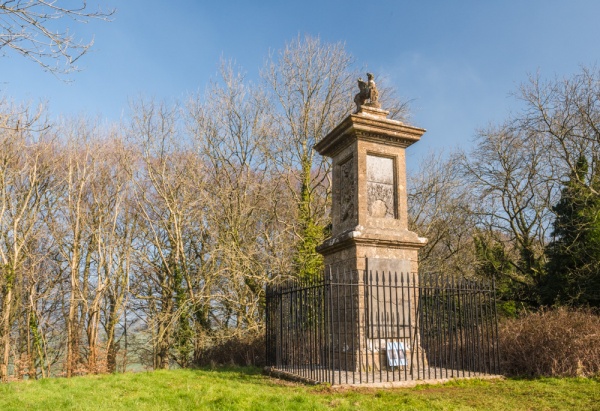
The Battle of Lansdown
Sir Bevil Grenville was born in 1596. He was the grandson of Sir Richard Grenville, an Elizabethan naval hero. In 1642 he raised a troop of Cornish infantrymen on behalf of Charles I. Grenville led his men in several of the early Civil War battles as part of the king's Western Army. In early 1643 Charles launched an offensive to capture London. He led his men south from Oxford to join forces with the Western Army, who were marching north from Devon.

The commander of the Parliamentary forces in the West Country was Sir William Waller, who desperately wanted to keep the two Royalist armies from joining together. Waller arrayed his forces atop Lansdown Hill, north of Bath, in a position where his guns could control the major route to London (now the A4).
On 5 July 1643, Grenville led his men in a series of charges up the steep hill in an attempt to dislodge Waller's soldiers from their commanding position. When you look at the slope of the hill today you can see what a nearly impossible task the charge was. Twice the Cornishmen charged up the hill and twice they were beaten back by Waller's men.
A third time Grenville led his men up the hill, and against all the odds they dislodged the Parliamentary army and captured the guns. Waller immediately launched a counter-attack, but Grenville's men beat them off. The Parliamentary army were forced to withdraw and cede the battle to the Cornishmen.
Grenville was mortally wounded during the Royalist counter-attack and died the following day. He is buried at St James church in Kilkhampton, Cornwall. Grenville's courage helped inspire support for the Royalist cause.
The monument was built in 1720 by Grenvile's grandson, Henry Grenville, Lord Lansdown. The striking memorial of ashlar and slate was erected on the site where Grenville fell. It is generally considered the first war memorial in Britain, though it was a very personal memorial, rather than the more public war memorials that followed. Nowadays it is unusual to find a town or village in Britain that does not have a public war memorial, so it is fascinating to see the monument that initiated the tradition.
The memorial stands 25 feet high and is in the Baroque style that was briefly popular in the early 18th century. On the south side is a panel with an inscription describing the battle. On the north side are a pair of poems, and on the upper section is a griffin holding the Grenville coat of arms.
The monument stands directly beside the Cotswold Way national trail, and is about 100 yards from the road.






 We've 'tagged' this attraction information to help you find related historic attractions and learn more about major time periods mentioned.
We've 'tagged' this attraction information to help you find related historic attractions and learn more about major time periods mentioned.